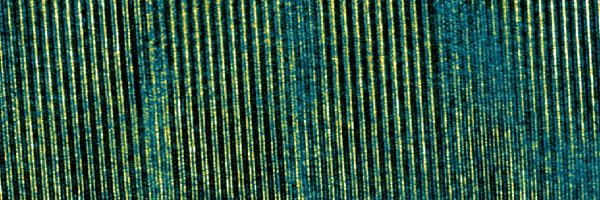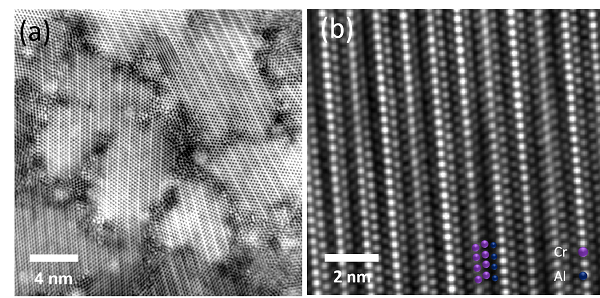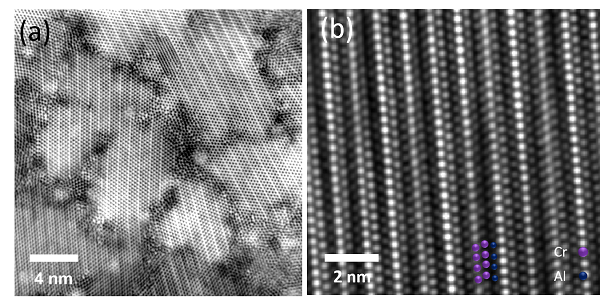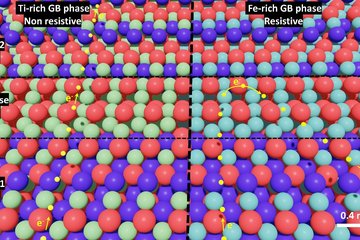
Atomic level characterization of nanolaminated thin films by transmission electron microscopy
Metals are ductile and ceramics are stiff. Ideally, these advantageous properties of each material class can be combined in one material. Examples are nanolaminated systems such as Mo2BC and Cr2AlC. In this project, we focus on the atomic level analysis of these materials using aberration corrected scanning transmission electron microscopy.
The demand for materials in structural and functional applications which are stiff and also ductile is very high. The goal is to combine the properties of a metal and a ceramic. This ambivalent nature can be realized in nanolaminated structures. The investigation and understanding of their micro- and nanostructure is very important regarding a continuing optimizing of the materials and finally to benefit from their advantageous properties in the future.
In this work, thin laminated films grown on silicon or sapphire substrates are characterized using several (scanning) transmission electron microscopy ((S)TEM) techniques, e.g. aberration corrected high resolution TEM (HRTEM) and STEM, energy-dispersive X-ray spectroscopy (EDX) and electron energy loss spectroscopy (EELS). The films are grown by combinatorial direct current magnetron sputtering by our project partners in Aachen.
One example of this class of material is Mo2BC. Depending on the chosen substrate temperature, the structure evolves from almost amorphous to fully crystalline with columnar grains. A top-view STEM image of a Mo2BC film grown at 630 °C is given in Figure 1a. As can be seen the diameter of the columns is in the order of 10 nm and several defects occur. Another example is Cr2AlC which is displayed in cross-section in Figure 1b. The nanolaminated structure can be clearly seen.













